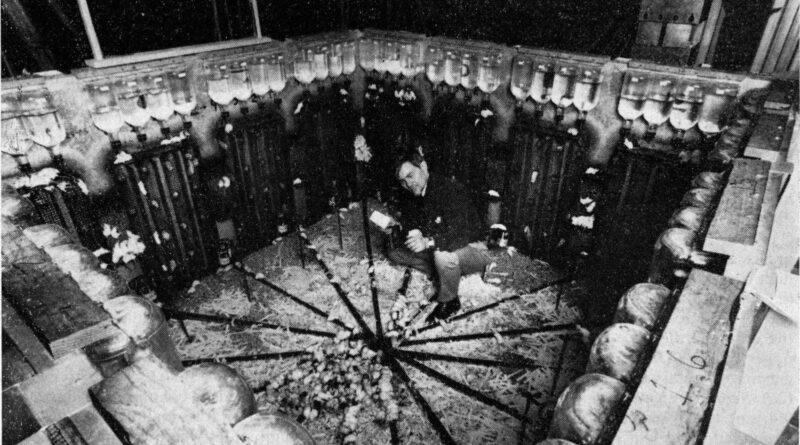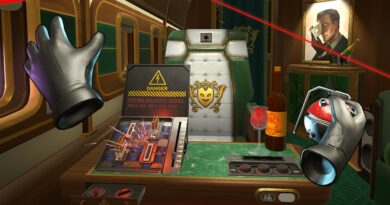Caltech experiment proves mice learn faster than we thought
In many experiments, mice are used for various tasks. They are very suitable for experiments that investigate animal behavior and learning. Mice are often used as animal models to understand the nervous process that underlines the complicated tasks of the brain, such as navigation, memory, decision making, sensory processing, and more.
One of the more interesting aspects of the use of rats in the experiment is that the process that forces them to learn when navigating the labyrinth is unnatural and representing mouse tasks may never meet in the wild. Recently researchers at Caltech conduct research involving the use of mice to navigate a complicated maze. The team found that mice could learn to navigate the maze placed very quickly at a rate of about 1000 times faster than mice usually studied unnatural tasks for the species.
Project researchers believe this research has implications to measure the role of the brain and the body in intelligence. The interesting aspect of this study is that he compared graduate students at Caltech to mice by asking students to navigate the conversion of the maze that was almost projected to mice, found students and mice studied the same. For this study, the researchers developed a complicated labyrinth that had 63 decision junctions and 64 possible endpoints.
Hidden in the labyrinth is a bottle of water that issued a drop of water to find the mouse. Scientists put the mouse in the labyrinth and let it explore the labyrinth overnight. Video cameras are used to track mouse exploration at night to meet the requirements of the movement and exploration behavior. The researchers reviewed the recording after the mouse spent seven hours in the labyrinth.
Half of mice placed in the labyrinth thirst and may be motivated by it to find water. Half of the mice was not thirsty. Mice looking for water do not know water in the labyrinth but will work methodically to find a maze. After the mouse found the water port needed an average of 10 times trying to find the best route to the port of his home, with an ideal route that requires six correct decisions.
Of the 19 mice used in this study, the researchers found largely following similar rules regarding exploration. All mice have strong preferences to keep moving forward at the intersection rather than turning around. The team also found mice tends to turn the left turn and right while exploring. The team is not sure whether the preference for going back and forth left and right is flooded with mice or the results of the experience of each mouse.




